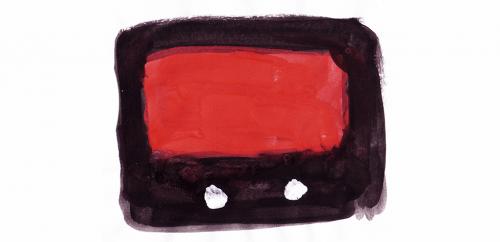Though CES and it’s expansive show floor didn’t technically open until this morning, the Las Vegas Convention Center was busy yesterday with a series of panels on ways to develop and support entertainment on novel platforms via unique partnerships. A surprising theme emerged out of a series of seemingly disparate panels: The secret to creating a great multi-platform premium TV-style content experience is to pretend TV never existed. That’s right – just work as if linear television had never been invented.
This concept came up in a panel on multi-screen content strategies, on Hollywood-brand partnerships, and even in a CES “trends to watch” panel. In all three cases, speakers pointed to how difficult it can be to chase an imaginary consumer (especially a millennial consumer) who darts from device to device, medium to medium, resource to resource. Capturing time, attention, and pay-dollars via multiple technologies both in and out of native platforms has become such a fast-moving target that industry leaders have had to let go of trying to re-create the TV experience online, instead working as if TV never existed. In doing so, panelists agreed it freed them up to create better content and explore completely unique ideas unbound from a traditional linear model. In different ways, each panel asked itself, “If TV never existed and given the tools we have today, what would entertainment look like? What should entertainment look like?”
In a panel titled “Merging Content with New Technologies,” Microsoft CVP of Apps and Services Thom Gruhler talked about creating a real-time chat avatar of Thor that fans could Skype with as an example of a strategy that was fundamentally a content play, but completely unbound from a linear TV-like experience. Whether this would sell more movie tickets is unclear, but in a way secondary to the content’s ability to activate brand ambassadors, generate buzz, and build the Marvel brand.
Naseem Sayani, VP of Business Strategy for Huge LA, a full-service creative agency in Los Angeles, sat on a panel titled “Hollywood and Media: Brands and Platforms” and echoed Gruhler’s ideas, stating that big ideas that force traditional models out of the mind can lead to better content. Sayani shared thoughts on the challenge of creating entertainment platforms that simultaneously feed super-fans but also welcome in casual viewers. It was this panel that official defined the vision of pretending TV didn’t exist, but it had been a narrative point in one way or another all morning.
This isn’t to say a traditional pay TV model is no longer viable. If anything, these ideas strengthen the linear TV experience. First, all of the panelists see new entertainment paradigms as ways to drive engagement. And while the potential to disrupt older models is always present, current content creators – especially those on cable – are in a prime position to lead new content techniques. Creating content for multiple channels that focus on the strengths on each individual platform will not only lead to better entertainment and a more engaged viewer, it could lead to new revenue streams. All this as long as we free ourselves to innovate and (gulp) pretend TV never existed.
